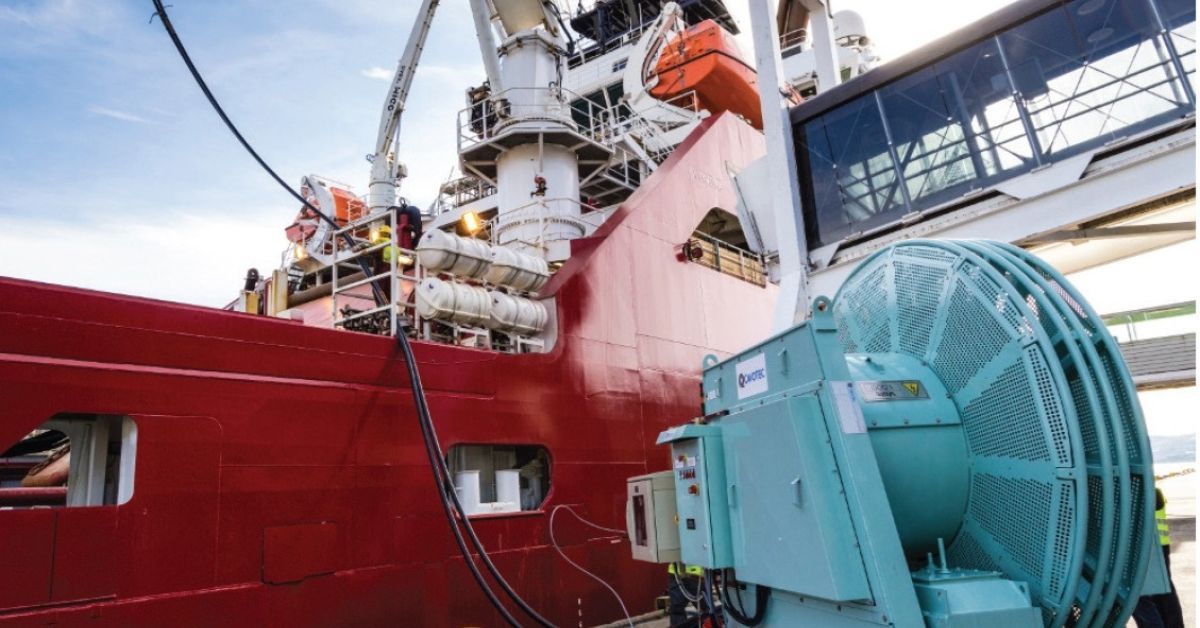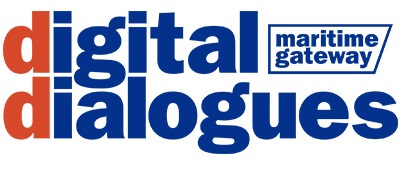As global shipping continues its transformation toward sustainability, shore power-also known as cold ironing-stands out as a critical solution for reducing emissions and improving operational efficiency. With global regulatory bodies driving stringent mission regulations, the adoption of shore power is no longer optional for ports and shipping lines aiming to stay competitive. Based on Cavotec’s extensive experience as a market leader in shore power systems and retrofitting solutions, here are some key recommendations for stakeholders in India.
Regulatory alignment
The implementation of shore power must align with both national and international regulatory frameworks.
Early adopters in Europe and North America have already set benchmarks by adopting International Electrotechnical Commission (IEC) standards, ensuring worldwide compatibility and prioritizing safety and operational efficiency.
Reducing reliance on auxiliary engines while ships are docked leads to lower fuel consumption and significant reductions in greenhouse gas emissions. This enhances the environmental credentials of ports and shipping lines, making them more attractive to environmentally conscious customers and investors.
Preparing for future needs One of the most common challenges in implementing shore power is insufficient long-term planning.
Stakeholders must not only consider current requirements but also anticipate future needs, such as accommodating larger vessels and evolving energy demands. Lessons from early adopters in regions like the EU and the US underscore the importance of future-proofing infrastructure.
Ports in Northern Europe have implemented scalable shore power systems capable of supporting nextgeneration vessels. Indian stakeholders should prioritize systems that can adapt to larger capacities, avoiding costly upgrades down the line. By studying these international examples, India can adopt proven solutions.
Bridging the gap between ship and shore
The successful deployment of shore power requires seamless alignment between terminal-side and ship-side operations. Coordination among diverse stakeholders–including grid operators, terminal owners, shipowners, policymakers, marine class societies, and global regulatory bodies–is essential to ensure compatibility and operational efficiency.
India’s maritime sector can accelerate progress by fostering early and continuous engagement among these stakeholders. This ensures all technical and operational requirements are addressed, reducing the risk of costly delays or mismatches between shore-side infrastructure and ship-side systems.
Prioritizing safety and compliance
Safety must remain at the forefront of every shore power initiative. Compliance with IEC Shore Power standards-ensures the safe and efficient transfer of power, even in challenging environmental conditions. Cavotec’s experience shows that shortcuts, such as ignoring proper retrofitting procedures or opting for bare-minimum connection sequences, can lead to operational disruptions and safety hazards. The lack of auto-synchronization in retrofitted vessels often results in blackouts during power transitions, undermining reliability.
The way forward For India to fully realize the potential of shore power, stakeholders must prioritize meticulous planning, safety, and adherence to global standards. By leveraging insights from regions that have already embarked on this journey, India can fast-track its adoption of shore power while ensuring long-term sustainability and operational efficiency.
Cavotec’s decades of experience in delivering shore power solutions and retrofitting vessels positions us as a trusted partner for the Indian maritime sector. With a deep understanding of the challenges and opportunities in this domain, Cavotec can guide stakeholders through this transformative journey, ensuring India’s ports and vessels are future-ready and globally competitive.





